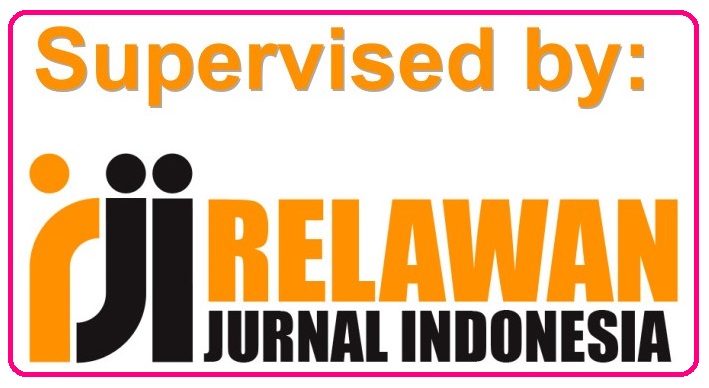Elsya Journal helps editors verify the originality of submitted manuscripts. Manuscripts are scanned with the Grammarly® Plagiarism Checker and Turnitin database.
If plagiarism is detected, the editorial team will alert the correspondence author who submitted the manuscript to Elsya Journal's online submission system. If there is found:
5-20% Similarity, the manuscript will proceed to the Review stage.
>20% Similarity, the results of the Turnitin check will be sent to the author for content revision.
Elsya Journal adheres to the international policies against plagiarism. Plagiarism is the exposing of another person’s thoughts or words as though they were your own, without without permission, credit, or acknowledgment, or because of failing to cite the sources properly. Plagiarism can take diverse forms, from literal copying to paraphrasing the work of another. To properly judge whether an author has plagiarised, we emphasize the following possible situations:
- An author cannot literally copy another author’s work by copying word by word, in whole or in part, without permission, acknowledge or citing the original source. This practice can be identified through comparing the original source and the manuscript/work who is suspected of plagiarism.
- Substantial copying implies the reproduction of a substantial part of other author's work without permission, acknowledgement or citation. The substantial term can be understood both in terms of quality as quantity, being often used in the context of intellectual property.
- Paraphrasing involves taking ideas, words or phrases from a source and crafting them into new sentences within the writing. This practice becomes unethical when the author does not properly cite or does not acknowledge the original work/author. This form of plagiarism is the more difficult form to be identified.











 Elsya Journal is licensed under
Elsya Journal is licensed under 